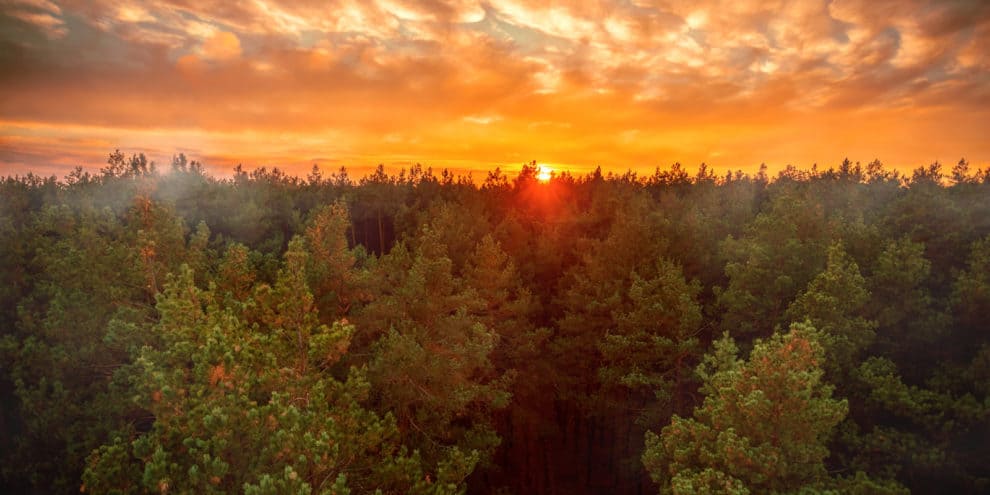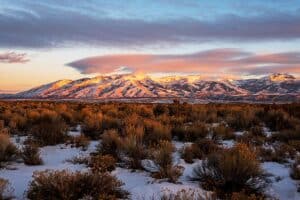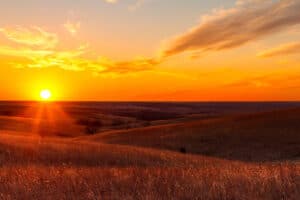Every buyer of recreational land for sale has the same goal – find a quality piece of property at a fair price that matches what you’re looking for.
But how do you determine what a fair price is? Figuring that out is a key part of the buying decision, but in land sales, this can seem a bit complicated for the buyer. Unlike residential home sales, there often aren’t recent sales of comparable tracts nearby to compare a price to.
Thankfully, the buyer isn’t in this alone. By working with a reputable, experienced real estate broker, buyers can have confidence that the price they are paying is fair.
To help you decide if the price of a certain tract is fair, here are five tips for buyers:
1. Have your goals in mind, and your expectations set.
Do your goals include harvesting timber or having quality deer on the property? And do you plan to hold the property for the long term? Getting answers to questions like these factors into the price you are willing to pay for a property.
Also, be aware if investments have been made in the property, whether it’s through fertilization of tree stands, or building an entrance. This may justify a higher per-acre price, knowing you won’t have to invest in such things after your purchase.
2. Make sure you work with a land broker who understands recreational property and knows what you are looking for.
Many successful land brokers are known for properly pricing a property, and in turn getting it sold. This means understanding that recreational land buyers are extremely knowledgeable, usually knowing the geographic area they want to buy in, along with the characteristics they are looking for, such as a certain quality of wildlife.
It’s very important that the broker have experience in selling recreational property, not just homes. The two types of properties are extremely different in terms of how you determine a fair price.
3. As with any kind of real estate, location is everything.
It’s all about convenience. If one recreational property is an hour closer to you than another, that property may be worth a higher price per acre, because it probably means you will use the property more often.
Consider that if you go to that closer-in property twice a month, it amounts to a four-hour savings over a month’s time – time you could be hunting, riding ATVs, or simply relaxing.
4. If you need to see comparable land sales for peace of mind, a knowledgeable broker will be able to supply them.
Even if there haven’t been comparable land sales nearby in recent months, an experienced land broker can take similar properties that are a bit further away and conduct a smart analysis to show how they compare to the one you are considering. In addition to doing their own analysis, brokers often can get applicable comparable sales from land lenders or major landowners in the area.
Also, it can be very helpful to have a reputable forester do an analysis of the property, offering you more information about the value of the timber.
5. Understand that every property is different, so comps only go so far.
The quality of wildlife on every property is different, as is the quality of timber. So, as you start the process with a budget in mind, it’s important to know that making your budget fit with your needs may require some flexibility.
Written by Tom Smith of Tom Smith Land and Homes in Ridgeland, Mississippi, part of the Potlatch Preferred Broker network.
This content may not be used or reproduced in any manner whatsoever, in part or in whole, without written permission of LANDTHINK. Use of this content without permission is a violation of federal copyright law. The articles, posts, comments, opinions and information provided by LANDTHINK are for informational and research purposes only and DOES NOT substitute or coincide with the advice of an attorney, accountant, real estate broker or any other licensed real estate professional. LANDTHINK strongly advises visitors and readers to seek their own professional guidance and advice related to buying, investing in or selling real estate.










Good points. I’m currently working with and agent and now have some more questions. I felt the land may be a little pricey so I’m glad I read this.